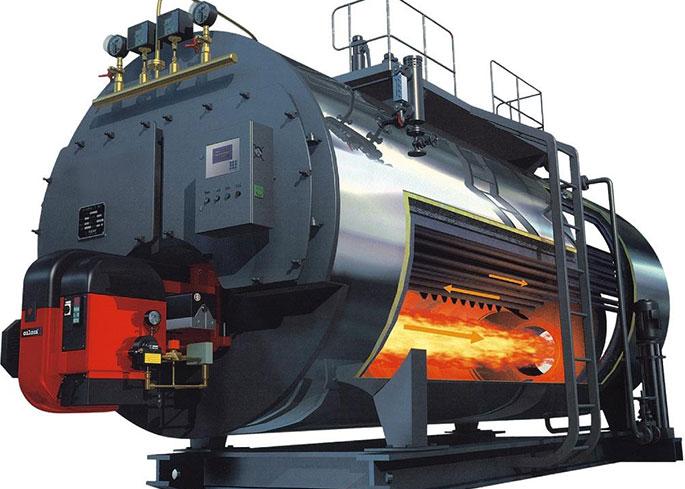Low pressure steam boiler VS High pressure steam boiler
What is low-pressure steam boiler?
A low-pressure steam boiler is a type of boiler designed to generate steam at a relatively low pressure. Typically, the pressure range for low-pressure steam boilers is up to 15 psi (pounds per square inch) or 1.03 bar. These boilers are commonly used in heating systems, industrial processes, and commercial applications where moderate steam pressure is sufficient.
Features and Applications of Low-Pressure Steam Boilers:
1. Steam Generation: Low-pressure steam boilers are designed to generate steam for various applications, such as heating buildings, powering turbines, or driving mechanical processes.
2. Safety: Low-pressure boilers operate at lower pressure levels, which generally reduces the risk of catastrophic failures. They typically have safety mechanisms in place to prevent excessive pressure buildup.
3. Heating Systems: These boilers are commonly used in heating systems for residential, commercial, and institutional buildings. They provide steam for radiators, convectors, or underfloor heating systems.
4. Industrial Processes: Low-pressure steam boilers find applications in various industrial processes, such as food processing, textile manufacturing, pharmaceutical production, and paper mills. They are used for heating, sterilization, drying, and other process requirements.
What is high-pressure steam boiler?
A high-pressure steam boiler is a type of boiler designed to generate steam at a significantly higher pressure than low-pressure boilers. The pressure range for high-pressure steam boilers is typically above 15 psi (1.03 bar) and can go up to several thousand psi, depending on the specific application and requirements.
Features and Applications of High-Pressure Steam Boilers:
1. Increased Steam Power: High-pressure boilers are capable of generating steam at higher temperatures and pressures, which leads to increased power output. They are commonly used in power generation plants to drive steam turbines and generate electricity.
2. Industrial Processes: High-pressure steam boilers are employed in various industrial processes that require high-temperature steam, such as chemical production, petroleum refining, steel manufacturing, and cogeneration plants. These processes often involve heat-intensive operations or require steam at high pressures for efficient operation.
3. Steam Propulsion: High-pressure steam boilers are used in marine applications, such as steamships and naval vessels, to provide steam for propulsion systems. The high-pressure steam drives turbines or reciprocating engines, enabling the movement of the vessel.
4. District Heating: In some cases, high-pressure steam boilers are utilized in district heating systems, where steam is distributed through a network of pipes to heat multiple buildings or facilities. This is particularly common in urban areas or large-scale industrial complexes.
A low-pressure steam boiler operates at pressures below 15 psi and is typically used for heating, small-scale power generation, and industrial processes that require moderate steam temperatures (100°C-120°C). It is simpler, more cost-effective, and requires less maintenance. In contrast, a high-pressure steam boiler operates at pressures above 15 psi, generating steam at much higher temperatures (500°C+) and is commonly used in power plants, chemical industries, and large-scale industrial applications where high efficiency and superheated steam are needed. High-pressure boilers are more complex, require stronger materials, and involve more frequent maintenance due to the higher operational stresses and safety considerations.


